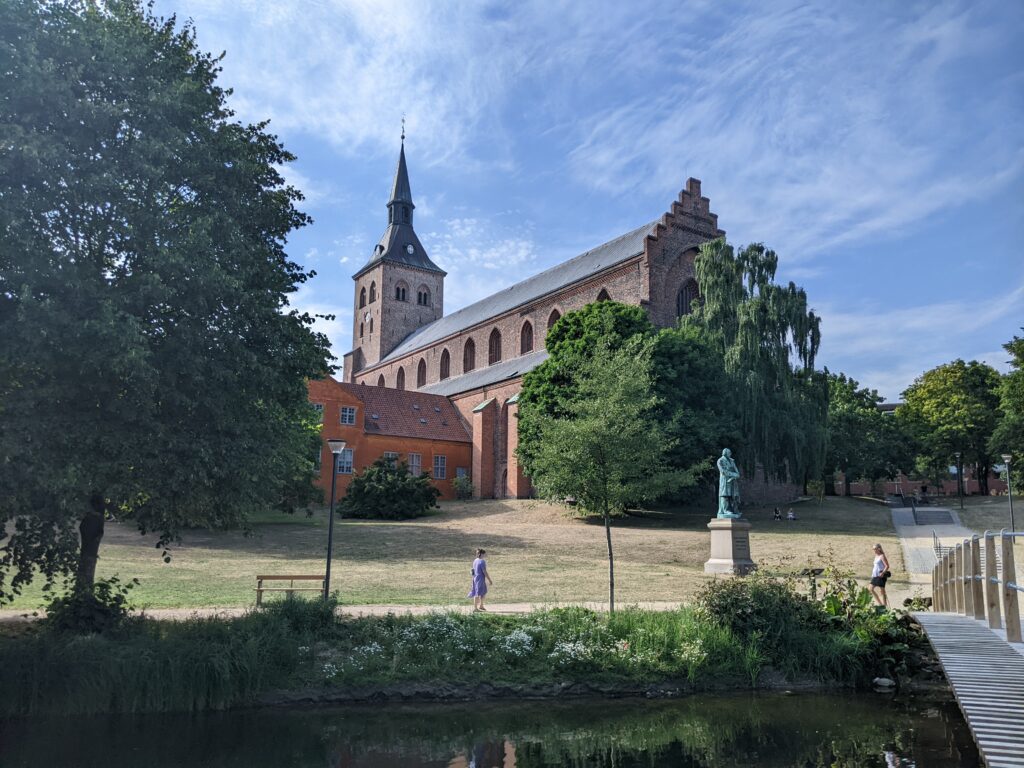So you’ve been born into just the right family at just the right time, and you’re poised to assume the throne of Europe’s best kingdom. You’ve got your work cut out for you. With religious, political, and military forces pulling you in every direction and none of the government infrastructure to hold it all together, your force of will and the whims of the nobility are the only thing preventing your nation from plunging into civil war and fracturing into tiny duchies. No pressure!
Here’s 9 tips to guarantee you a successful reign—and, more importantly, a successful legacy.
1. Become Christian
This one hardly gets a spot on the list, as Horik I did the work for you back in the Viking Age (and Harald Bluetooth took the credit for it a century later). These days, religious conversion works on a national scale (at least in theory). Being pagan makes you an automatic enemy both politically and economically. Entering the Christian Kings Club™ is a prerequisite to participating in European affairs.
2. Don’t do the Viking thing anymore
Closely related to #1. As a Christian King™, you’re not allowed to violently raid your neighbors (unless they’re pagan). This includes England, which has been Christian way longer than you have.
3. Be friends with the pope—but not too good friends
It’s not what you know, but who you know—and when you need to call in a very specific favor, such as getting your assassinated father canonized as a saint, then it helps to at least be on speaking terms with the man who can get it done. On the other hand, the pope and the Holy Roman Emperor get along about as well as oil and water (the emperor has been known to appoint his own pope to excommunicate the existing one), and one of those two happens to be your neighbor. Hint: it’s not the pope. The official one, anyway.
4. Keep the nobility happy
You can actually get fired from your job. Things to avoid doing: requiring the nobles to pay taxes, diminishing their local power, and/or publicly executing Swedish nobles en masse. (And if you do get fired, please for the love of Odin do not camp out on a Baltic island and become a pirate until the whole northern world is forced to remove you.)
5. Keep the peasants happy
I.e., don’t require all of them to leave their farms and assemble for an assault on England and then not show up at the last minute, then require everyone who went home before you ordered it to pay a large fee. This can and will end in an inglorious death at the hands of a mob, and your bones being put on display for centuries of pilgrims and tourists.
6. Have weak neighbors
This is the most important tip, and the one you have least control over. First rule of warfare: Anytime a nation weakens, the nations around it get stronger (and vice versa). Your only chance at winning land down south is if the Holy Roman Empire is fighting either its neighbors or itself (again), and you can only make a move if Norway and Sweden are too weak to stab you in the back while you’re busy. But if it makes you feel any better, the only reason you still exist anyway is because your neighbors have always been too preoccupied down south.
7. Produce (or be related to) one, and only one, potential heir
Have too many heirs, and your kingdom will descend into civil war as they all fight over who gets to be in charge. Have no potential heirs, and your kingdom will descend into civil war as the noble houses all fight over who gets to pick who gets to be in charge. Your heir also has to be old enough to take over by the time you die. Family planning is a precision affair.
8. You only get one shot at a nickname…
…so make it a good one. Don’t get known for something stupid—like the famine during your reign (Oluf I “Hunger”) or the name of the place where you suffered a decisive military defeat (Svend III “Grathe”). Oof.
9. Do not, under any circumstances, attend a banquet hosted by your enemies
This can and will turn into Game of Thrones faster than you can say “my brother will escape and get vengeance upon you and your family.” Or best case scenario, they’ll just get a world-class composer to debut a piece about how great and powerful your opponent is. Either way, it’s best to just stay home and chow down on smørrebrød in the comfort of your own castle.
So there you have it. Governing your kingdom can be a complicated and dangerous affair—but if you follow these 9 suggestions, you’ll be well on your way to holding your country together until your descendants start ill-advised wars with Sweden and lose a third of it. Good luck! ∎
This post was informed and inspired by Lars Hovbakke Sørensen’s book En europæisk Danmarkshistorie – fra oldtiden til i dag, published 2014 by Gyldendal A/S. Tak Lars! You can read about my experiences with modern Denmark in a two-part post here and here.















